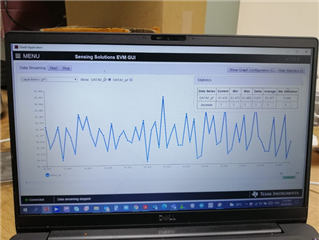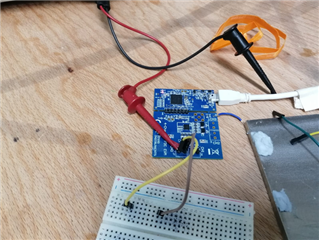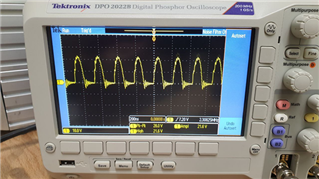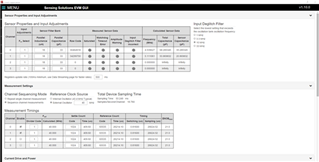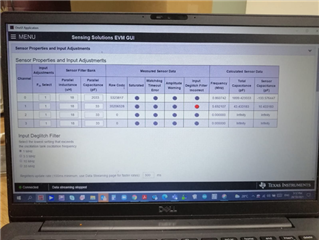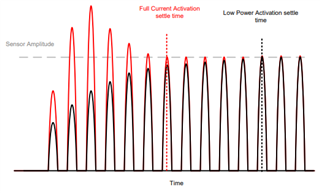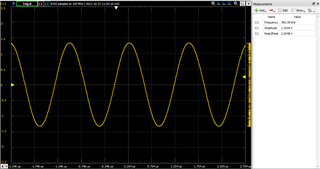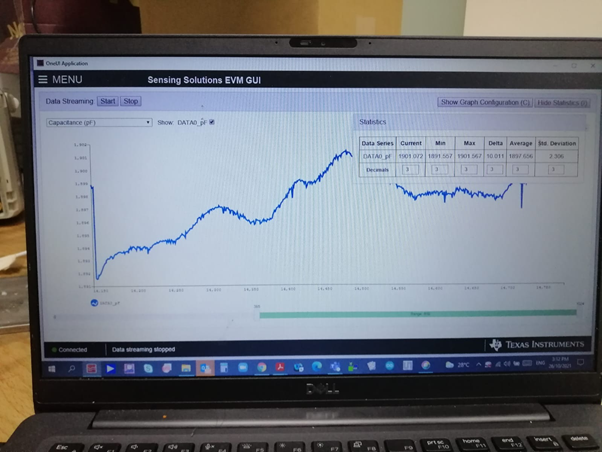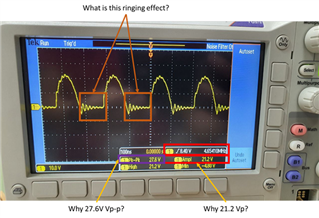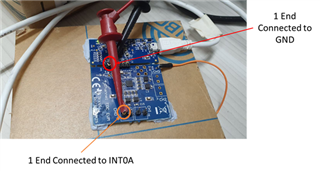Other Parts Discussed in Thread: FDC2214
Hello,
I have a query regarding FDC1004 and FDC2214. Apologies if the question is too naive as I am still exploring the FDC1004 and FDC2214.
My aim is to get a frequency response.
FDC1004
From the datasheet that I see that it operates @ 25 KHz. Is this fixed?
I read this statement in one of the technical documents.
".the FDC1004 supports fast mode frequencies 10 kHz to 400 kHz". Does this mean that this can be altered? If so, how? I am able to operate the FDC1004 using arduino as well. Is there any option to do this?
FDC2214
Connecting external L and/or C, components across INA and INB, alters the resonant frequency. Below is a tabulation of my trials. I used the board capacitance and connected L&C in parallel for achieving frequencies >5 and < 5 MHz.
Anything below 1 MHz has a very high error. Am I missing anything here in terms of components, wiring, GUI options etc? Could you advise how to lower this noise? FDC1004 operates at 25 kHz and is not so noisy
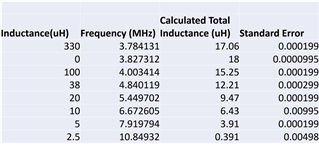
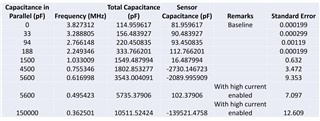
Thanks
Hari


